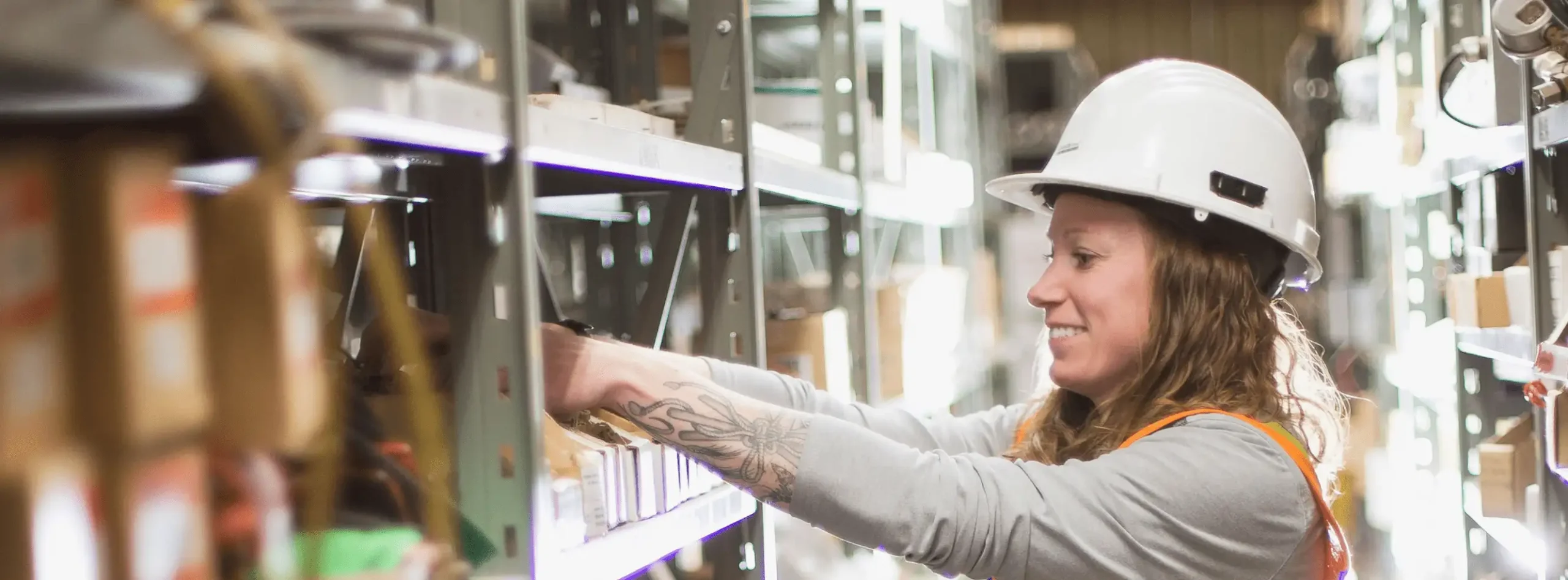Laser welding technology ensures precise control for high efficiency in joining intricate shapes with minimal heat impact. It comprises the laser source, focusing optics, workpiece holder, gas shield, and control system. In the telecom sector, laser welding delivers precise and consistent outcomes at rapid speeds for diverse applications. Challenges involve upholding quality and regulating heat levels. Laser welding outperforms traditional methods in accuracy and speed, guaranteeing top-notch welds with minimal heat distortion. It bolsters telecom systems by enhancing durability and resilience against environmental factors. Discover more on the upcoming trends and suggestions in laser welding technology overview.
Key Takeaways
- Laser welding ensures precise and efficient joining for telecom components.
- Laser welding technology offers superior quality welds with minimal distortion.
- Speed and versatility of laser welding enhance telecom system production.
- Laser welding outperforms traditional methods in precision and efficiency.
- Telecom systems benefit from laser welding’s structural integrity and environmental resistance.
Importance of Laser Welding Technology
The importance of using laser welding technology in contemporary industrial applications cannot be overstated. This advanced technology offers precise control over the welding process, leading to superior quality and efficiency. Laser welding empowers the joining of complex geometries with minimal heat-affected zones, reducing distortion and improving overall product integrity. Its versatility, speed, and accuracy make it a pivotal tool in various industries, ensuring reliable and durable connections.
Key Components of Laser Welding
To understand laser welding thoroughly, it is crucial to analyze its key components, focusing on the laser welding process and weld quality control. The laser welding process involves various elements that contribute to the efficiency and accuracy of the technique, while weld quality control guarantees the integrity and durability of the final welds. By exploring these key components in detail, a clear understanding of the complexities and critical aspects of laser welding can be achieved.
Laser Welding Process
Within laser welding processes, the key components play a crucial role in ensuring precision and efficiency in joining materials. These components typically include a laser source, focusing optics, a workpiece holding device, shielding gas supply, and a control system. The laser source generates the beam, the focusing optics concentrate it, the workpiece holding device positions the materials, the shielding gas protects the weld zone, and the control system manages the entire process.
Weld Quality Control
How can the key elements of laser welding guarantee accurate control over weld quality? Laser welding technology ensures precise control over parameters like power density, beam focus, and travel speed. Monitoring systems such as real-time imaging cameras and sensors aid in detecting defects like cracks or voids. Advanced software algorithms analyze data to optimize welding processes, enhancing overall weld quality and reliability.
Advantages of Laser Welding in Telecom
Laser welding technology offers significant advantages for the telecommunications industry, revolutionizing the way components are joined in telecom equipment production.
- Precision: Laser welding provides a high level of accuracy, ensuring precise and consistent results.
- Speed: The process is rapid, increasing production efficiency.
- Versatility: Laser welding can be used with a variety of substances, making it versatile for different telecom applications.
Challenges in Implementing Laser Welding
Implementing laser welding technology poses several challenges that need to be carefully addressed. Operational challenges may arise e the complexity of setting up and maintaining laser welding equipment. Precision requirements for welding demand meticulous attention to detail to e the desired weld quality. Compatibility concerns with different materials can present obstacles in achieving successful laser welding outcomes.
Operational Laser Welding Challenges
Encountering operational challenges in the deployment of laser welding technology is a common occurrence in various industrial settings. These challenges include:
- Maintaining Consistent Quality: Ensuring uniform weld quality across different materials and thicknesses.
- Managing Heat Input: Controlling the heat distribution to prevent warping or distortion.
- Balancing Parameters: Finding the right balance between speed, power, and focus to achieve ideal welding results.
Precision Requirements for Welding
Accuracy requirements for welding play a critical role in the successful execution of laser welding technology, demanding meticulous attention to detail and precision in the welding process. Achieving the necessary precision involves factors like beam focus control, joint alignment, and consistent energy delivery. Meeting these requirements guarantees the quality and strength of the welds, making it imperative to closely monitor and maintain the welding parameters throughout the process.
Material Compatibility Concerns
Exploring the domain of laser welding technology reveals a multitude of challenges associated with material compatibility, posing intricate hurdles in the implementation process.
- Different Material Joining: Fusion of diverse materials can lead to cracks.
- Heat Distortion: Varying material properties can cause warping during welding.
- Chemical Interactions: Some materials may react adversely under high heat, affecting weld quality.
Comparative Analysis: Laser Welding Vs. Traditional Methods
Performing a comparative analysis between laser welding and conventional methods reveals detailed distinctions in their effectiveness, accuracy, and suitability across various industrial sectors. Laser welding excels in precision and speed, providing higher quality welds with minimal heat-affected zones. Traditional methods, while cost-effective for some applications, often lack the same level of precision and efficiency. Understanding these differences is important for selecting the best welding method for specific industrial needs.

Enhancing Telecom Systems With Laser Welding
Incorporating laser welding technology into the infrastructure of telecom systems can significantly boost their performance and reliability. This improvement can be achieved through:
- Precision in joining components
- Improved structural integrity
- Enhanced resistance to environmental factors
These advantages make laser welding a valuable tool in ensuring the efficiency and durability of telecom systems.
Future Trends in Laser Welding Technology
The development of laser welding technology is influencing future advancements in precision engineering and manufacturing processes. Emerging trends include increased automation, improved control systems, and the integration of advanced sensors for real-time monitoring. Moreover, developments in laser sources, like higher power levels and improved beam quality, are paving the way for faster and more efficient welding processes. These trends are set to revolutionize the industry’s capabilities and productivity.
Recommendations for Telecom Integration
As we investigate the realm of telecom integration, a strategic approach that emphasizes seamless connectivity and efficient communication channels becomes paramount.
- Implement a robust network infrastructure.
- Utilize advanced security protocols to safeguard data.
- Regularly update and maintain telecom systems for best performance.
Frequently Asked Questions
How Does Laser Welding Technology Impact the Efficiency of Telecom Systems?
Laser welding technology boosts telecom systems’ effectiveness by offering accurate, long-lasting connections for components, lessening signal loss and downtime. The technology’s capability to operate on different materials with minimal heat-affected zones contributes to enhanced performance and reliability.
What Are Some Potential Drawbacks of Using Laser Welding in Telecom Applications?
Potential drawbacks of using laser welding in telecom applications include high initial investment costs, precise alignment requirements, heat-affected zones affecting material properties, and limited flexibility in repairs. Notwithstanding these challenges, advancements in technology continue to address and alleviate such issues.
Can Laser Welding Technology Be Easily Integrated Into Existing Telecom Infrastructure?
Laser welding technology can be seamlessly integrated into existing telecom infrastructure with proper planning and expertise. Its precision and efficiency allow for minimal disruption during implementation, ensuring a smooth transition without compromising the network’s performance or reliability.
What Advancements Are Being Made in Laser Welding Technology That Could Benefit the Telecom Industry in the Future?
Advancements in laser welding technology for the telecom industry include increased precision, efficiency, and automation. Innovations such as fiber laser systems, real-time monitoring, and AI integration are enhancing connectivity, reducing maintenance, and improving overall network performance.
Are There Any Specific Recommendations for Telecom Companies Looking to Implement Laser Welding Technology in Their Systems?
Incorporating laser welding technology into telecom systems requires careful planning. Suggestions include thorough compatibility evaluations, staff training on upkeep and problem-solving, and establishing backup plans. Prioritize dependability, effectiveness, and cost-efficiency to maximize advantages.
Conclusion
Ergo, laser welding technology offers a promising solution for enhancing efficiency and reliability in telecom systems. The benefits of laser welding, such as precision, speed, and cost-effectiveness, outweigh the challenges associated with its implementation. A comparative analysis reveals the superiority of laser welding over traditional methods in telecom applications. By embracing this pioneering technology and exploring future trends, telecom systems can be optimized for improved performance and operational effectiveness.
You May Also Like:






